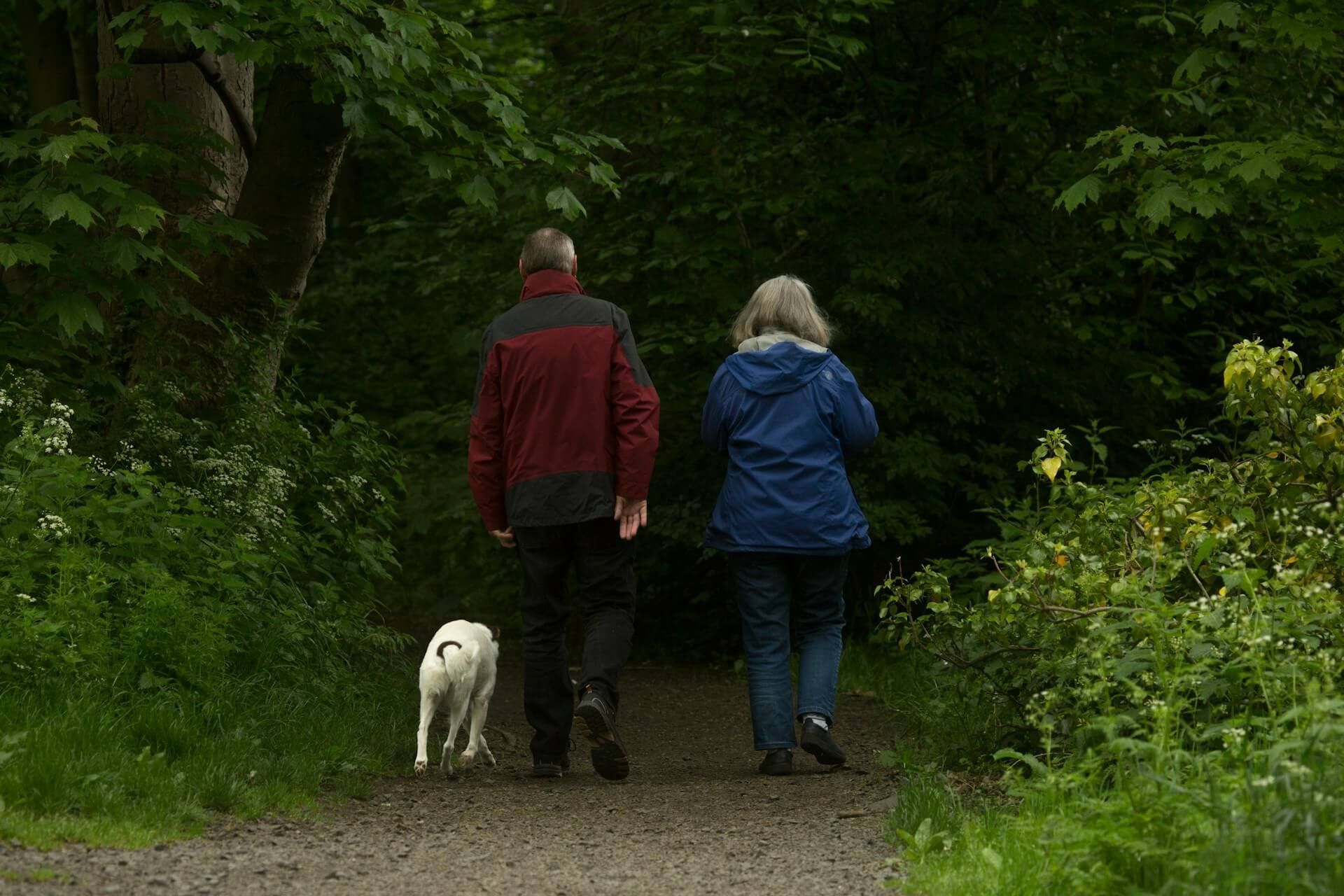We Like To Move It Moving Company
Navigating the Distance: Facing Long-distance Moving
A long-distance move can be an exciting but complex endeavor. Whether you're relocating for a new job, starting fresh in a different city, or pursuing new opportunities, the logistics of a long-distance move require careful planning and organization. From packing your belongings to arranging transportation, there are several crucial steps to ensure a smooth transition. In this article, we'll provide a comprehensive guide on how to handle the logistics of a long-distance move.
Create a detailed moving timeline
Begin by creating a comprehensive moving timeline that outlines all the tasks you need to complete leading up to the move. Include deadlines for tasks such as notifying utilities, packing, booking movers, and arranging travel. Having a clear timeline will help you stay organized and avoid last-minute stress.
Declutter and downsize
Before you start packing, declutter your belongings. Go through each room and decide what to keep, donate, sell, or discard. Downsizing will not only reduce the number of items you need to move but also help you start fresh in your new home. Consider the cost of moving each item and whether it's worth transporting.
Inventory and labeling
Create an inventory of your belongings as you pack. Label boxes with the contents and the room they belong to. This labeling system will make unpacking easier and help you locate essentials upon arrival at your new destination.
Choose a moving method
Determine the most suitable moving method for your situation. Decide whether you'll hire professional movers, rent a truck for a DIY move, or use a combination of both. Research moving companies, read reviews, and obtain quotes to make an informed decision.
Pack strategically
Pack your belongings strategically to ensure their safety during transit. Use sturdy boxes and appropriate packing materials to prevent damage. Pack fragile items with care and use padding to protect them. Keep essential items, such as toiletries and important documents, in a separate "open first" box.
Notify utility providers and change address
Notify your utility providers about your move and schedule disconnection at your old address. Arrange for the transfer or connection of utilities at your new home. Also, update your address with the post office, banks, credit card companies, and any other relevant institutions.
Arrange transportation
If you're driving to your new location, plan your route, and make necessary accommodations along the way. If flying, book flights and arrange transportation to and from the airport. Consider shipping your car if the distance is significant or if flying is more convenient.
Book accommodations
If you can't move directly into your new home upon arrival, book temporary accommodations such as hotels, furnished apartments, or short-term rentals. Having a comfortable place to stay during the transition will help ease the stress of moving.
Consider storage solutions
If there's a gap between leaving your current home and moving into your new one, consider renting a storage unit to keep your belongings secure. Look for climate-controlled facilities to protect your items from extreme temperatures and humidity.
Stay organized during transit
If using a moving company, keep a copy of the inventory list and any important paperwork related to the move. If driving, organize your essentials in a way that's easily accessible during the journey. Stay organized to ensure a smooth and efficient transition.
Arrival and unpacking
Upon arriving at your new destination, take inventory of your belongings to ensure nothing is missing or damaged. Start unpacking by focusing on essential items first, gradually moving to less urgent items. Setting up the essentials will help you settle in comfortably.
Explore and adjust
Take time to explore your new surroundings, get to know your neighbors, and become familiar with the local area. Adjusting to a new location takes time, so be patient with yourself and give yourself permission to acclimate gradually.
Conclusion
Handling the logistics of a long-distance move requires careful planning, organization, and a bit of flexibility. From creating a moving timeline and decluttering to choosing a moving method and unpacking strategically, each step plays a crucial role in ensuring a smooth transition. By following these strategies, you'll be well-prepared to embark on your new journey, embrace new experiences, and settle into your new home with ease.













